

Population and Population Trend
With a population of about 1,695,136 million people (2000 National Population Census), Accra, Ghana’s capital since 1877, is today one of the most populated and fast growing Metropolis of Africa with an annual growth rate of 3.36%.
The period between 1960 and 1970 saw some of the rapid industrialization and expansion in the manufacturing and commercial sectors in some major areas within the metropolis. This factor contributed to high immigration to Accra, and the resultant high population growth rate between 1960-1970 intercensal years.
The stagnation of the Ghanaian Economy during the 1970’s had adverse effect on the growth rate of Accra’s population as shown in the growth rate of the 1970-1984 intercensal years. The decline in agriculture in rural communities in Ghana and industrialization in urban regions coupled with the late 1980s and 1990s boom in the service sector in primate cities propelled immigration to Accra.
Table 2: Pop. and Pop. Growth Rate of 1960, 1970, 1984, 2000 and 2002 | |||||
| 1960 | 1970 | 1984 | 2000 | 2002 |
Population | 338,396 | 636,667 | 969,195 | 1,658,937 | 1,801,606 |
Pop.Growth Rate | - | 6.32% | 7.51% | 4.3% | 4.3% |
|
|
|
|
|
|
|
|
|
|
|
|
Source: 1960, 1970, 1984, 2000 and 2002National Population Census,* Projected
Nevertheless, the census population figures do not show the daily generation of people into Accra. It is estimate that the city accommodates between 2.5 million to 3 million people in terms of socio-economic activities aside the residential dimension captured by the 2000 National Population Census.
The primacy of the Accra Metropolitan Area as an administrative, educational, industrial and commercial centre in attracting people from all over Ghana, continues to be the major force for rapid population growth, with migration contributing to over 35% of the population increase.
Population Census.
The primacy of the Accra Metropolitan Area as an administrative, educational, industrial and commercial centre in attracting people from all over Ghana, continues to be the major force for rapid population growth, with migration contributing to over 35% of the population increase.
Distribution and Density
The gross density of population for Accra Metropolitan Area in 2000 was 10.03 person per hectare compared to 6.23 per ha. in 1970. The highest densities were recorded in Accra Metropolitan Assembly with an overall average of 69.3-person per/ha.
At the Community level, densities exceeding 250 persons/ha occurred mostly in the dominant immigrant and depressed areas and the oldest parts of Accra such as Accra New Town, Nima, James Town and Usher Town while densities ranged between 17.5 - 40 persons/ha. in the high-income areas.
Population Distribution by Age and Gender
Accra’s population like that of other urban centres is a very youthful one with 56.% of the population under the age of 24years. The area is not expected to decline in the foreseeable future, short of a change in the pro-natalist tendencies among Ghanaians and an improvement in the impact of family planning, which has so far been limited. Below is a table that gives age and sex distribution for Accra.
Table 3: Age-Sex Structure Of The Accra Metropolitan Assembly (2000) | ||||
Population Cohort | Male Population | Female Population | Total Populatal | Total % |
0-4 | 91852 | 95523 | 187375 | 11.30 |
5-9 | 90677 | 97887 | 188564 | 11.37 |
10-14 | 84224 | 94779 | 179003 | 10.79 |
15-19 | 89473 | 98657 | 188130 | 11.34 |
20-24 | 93762 | 93060 | 186822 | 11.26 |
25-39 | 84269 | 85598 | 169867 | 10.24 |
30.34 | 64528 | 65026 | 129554 | 7.81 |
35-39 | 51588 | 52750 | 104334 | 6.29 |
40-44 | 42464 | 41755 | 84219 | 5.08 |
45-49 | 35335 | 31477 | 66812 | 4.03 |
50-54 | 25548 | 23887 | 49435 | 2.98 |
55-59 | 18414 | 15096 | 33510 | 2.02 |
60-64 | 13603 | 12608 | 26211 | 1.58 |
65+ | 31636 | 33461 | 65097 | 1.58 |
Total | 817373 | 841564 | 1,658,937 | 100.00 |
|
|
|
|
|
It will be realized from the above information provided that 51% of the population are females and the remaining 49% males. This gives a sex ratio of 1:1.04 males to females. The dominance of females over males is a reflection of the nationwide trend where the estimated ratio is 1:1.03. the need to target women in any development programme in the metropolis can therefore not be over emphasized.
Migration
Decentralization and birth control policies are expected to reduce both the natural birth and migration rates. However, the infrastructure already built in AMA will for a long time make it a more attractive place for unemployed rural people as well as public servants, national and international investors.
A reasonable average growth rate for the period is difficult to choose, but to be on the conservative side a rate of 4.4% per annum is assumed as the average growth rate for the period. The natural growth rate will be in the order of 2.8% to 3.2% with balance made up from migration.
Table 4: Extent of Migration by present locality and sex (percent) | |||
Sex | Accra | Other Urban | Ghana |
Male | 46.6 | 49.4 | 51.4 |
Female | 42.9 | 51.8 | 52.2 |
All | 44.7 | 50.7 | 51.8 |
An assessment of the extent of migration by present locality and sex from the table above, points to the fact that 44% of residents in Accra are migrants. This reflects the cosmopolitan nature of the metropolis and has adverse implications on the mobilization of communities for development.
Date Created : 11/17/2017 6:44:51 AM



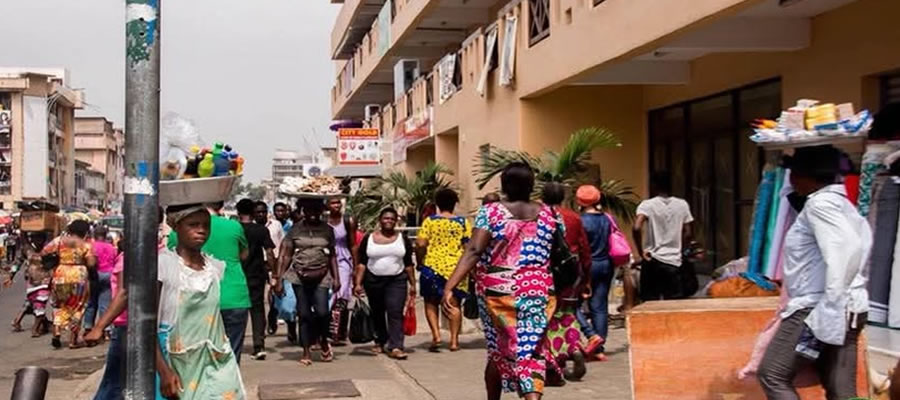



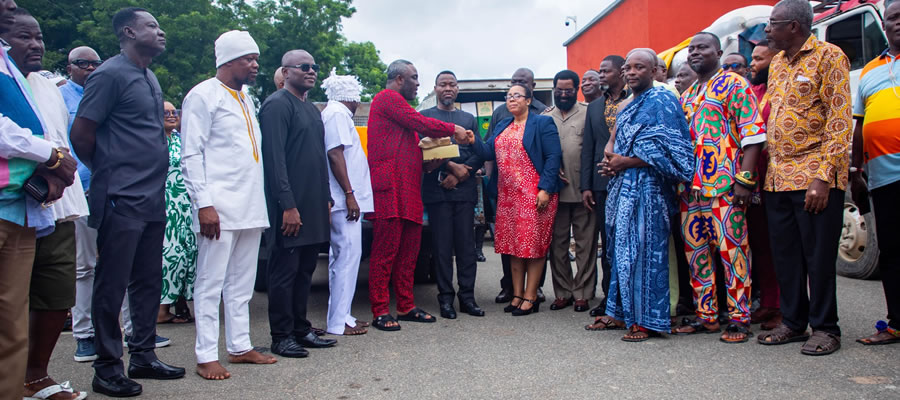
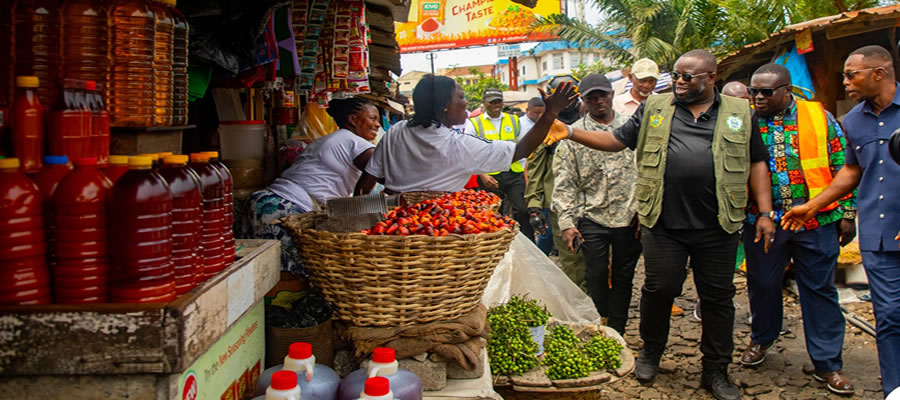
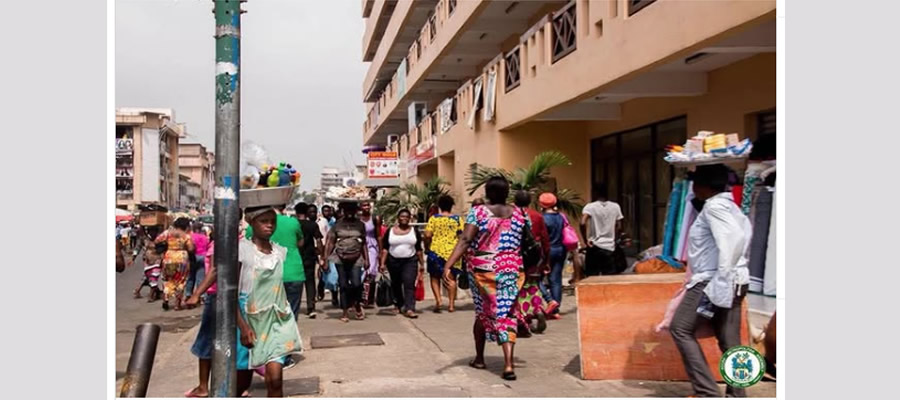
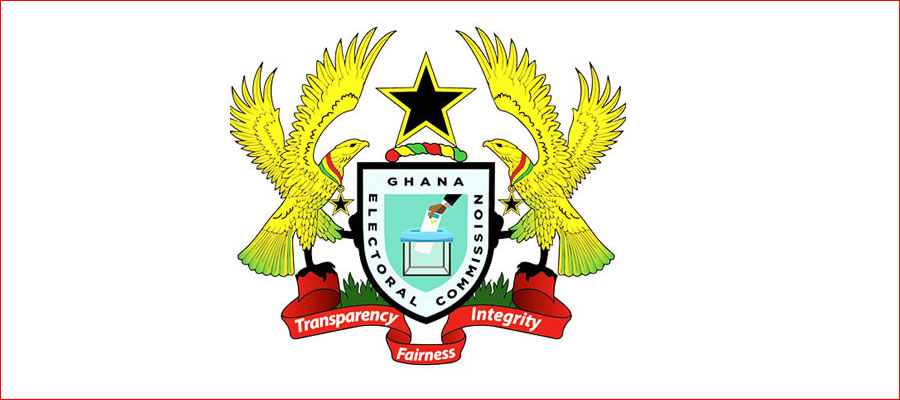


 facebook
facebook
 twitter
twitter
 Youtube
Youtube
 +233 593 831 280
+233 593 831 280 0800 430 430
0800 430 430 GPS: GE-231-4383
GPS: GE-231-4383 info@ghanadistricts.com
info@ghanadistricts.com Box GP1044, Accra, Ghana
Box GP1044, Accra, Ghana